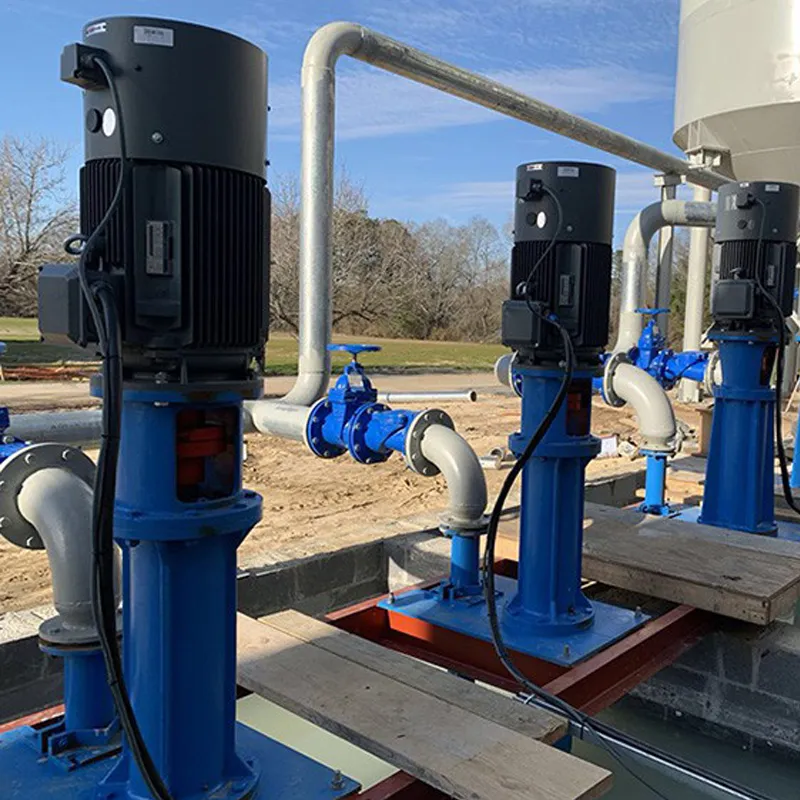Polish
- Afrikaans
- Albanian
- Amharic
- Arabic
- Armenian
- Azerbaijani
- Basque
- Belarusian
- Bengali
- Bosnian
- Bulgarian
- Catalan
- Cebuano
- Corsican
- Croatian
- Czech
- Danish
- Dutch
- English
- Esperanto
- Estonian
- Finnish
- French
- Frisian
- Galician
- Georgian
- German
- Greek
- Gujarati
- Haitian Creole
- hausa
- hawaiian
- Hebrew
- Hindi
- Miao
- Hungarian
- Icelandic
- igbo
- Indonesian
- irish
- Italian
- Japanese
- Javanese
- Kannada
- kazakh
- Khmer
- Rwandese
- Korean
- Kurdish
- Kyrgyz
- Lao
- Latin
- Latvian
- Lithuanian
- Luxembourgish
- Macedonian
- Malgashi
- Malay
- Malayalam
- Maltese
- Maori
- Marathi
- Mongolian
- Myanmar
- Nepali
- Norwegian
- Norwegian
- Occitan
- Pashto
- Persian
- Polish
- Portuguese
- Punjabi
- Romanian
- Russian
- Samoan
- Scottish Gaelic
- Serbian
- Sesotho
- Shona
- Sindhi
- Sinhala
- Slovak
- Slovenian
- Somali
- Spanish
- Sundanese
- Swahili
- Swedish
- Tagalog
- Tajik
- Tamil
- Tatar
- Telugu
- Thai
- Turkish
- Turkmen
- Ukrainian
- Urdu
- Uighur
- Uzbek
- Vietnamese
- Welsh
- Bantu
- Yiddish
- Yoruba
- Zulu
Telephone: +86 13120555503
Email: frank@cypump.com
gru . 05, 2024 20:43 Back to list
Slurry Pump Technical Specifications and Performance Guidelines for Optimal Efficiency and Reliability
Understanding Slurry Pump Specifications
Slurry pumps play a crucial role in various industries, including mining, construction, and wastewater management. These pumps are specifically designed to handle abrasive and viscous materials, which present unique challenges in fluid dynamics. To select the right slurry pump, it is essential to understand the key specifications that influence performance, longevity, and efficiency.
Key Specifications
1. Capacity (Flow Rate) The flow rate of a slurry pump is typically measured in cubic meters per hour (m³/h) or gallons per minute (GPM). This specification indicates the volume of slurry the pump can handle over a specific time period. It's crucial to calculate the required flow rate based on system needs, considering factors like the distance of material transport and the properties of the slurry.
2. Head (Discharge Pressure) Head denotes the height to which a pump can raise the slurry, measured in meters (m) or feet. It directly correlates with the pressure needed to move the slurry through the system. When assessing head requirements, consider the vertical distance the slurry must travel and any friction losses in the pipeline.
3. Slurry Density The density of the slurry, often expressed in kilograms per cubic meter (kg/m³), is a significant factor in determining the pump's performance. Higher density slurries require more energy to pump and may necessitate a different pump design to manage the increased wear and tear from abrasive particles.
4. Particle Size and Composition The size, shape, and hardness of solid particles in the slurry greatly affect pump selection. Pumps are designed with different impeller and casing materials to withstand various types of abrasive materials. Understanding the maximum particle size and composition is vital for choosing a pump that minimizes wear and extends operational life.
slurry pump specifications

5. Pump Material The material of construction for a slurry pump is critical for durability. Common materials include rubber, high-chrome alloys, and stainless steel, each offering varying levels of wear and corrosion resistance. The choice often depends on the nature of the slurry and the operating environment; for instance, highly abrasive slurries may require wear-resistant materials.
6. Pump Type There are several types of slurry pumps, including centrifugal and positive displacement pumps. Centrifugal pumps are typically used for low-viscosity slurries, while positive displacement pumps are more suitable for high-viscosity materials. Understanding the application and properties of the slurry will guide you in selecting the most efficient pump type.
7. Efficiency Pump efficiency is a key performance metric that reflects the pump's ability to convert input power to hydraulic power. High-efficiency pumps can reduce operational costs and enhance system performance. Look for specifications indicating the pump’s efficiency curves to better understand how it will perform under different load conditions.
8. Maintenance Requirements Lastly, consider the maintenance needs of the slurry pump. Some designs enable easier access for repairs and routine maintenance, which can have significant implications for operational uptime and cost. Selecting a pump that balances performance with ease of maintenance is crucial for long-term operational success.
Conclusion
Selecting the appropriate slurry pump involves careful consideration of various specifications, including flow rate, head, slurry density, particle size, and the type of materials used. By understanding these key factors, you can ensure that the slurry pump operates efficiently and reliably, reducing downtime and maintenance costs. Investing time in evaluating these specifications will ultimately lead to better performance and longevity of the pumping system, making it a crucial step in the design and operation of slurry transport systems.
-
Heavy-Duty Mining Sludge Pumps - Wear-Resistant Slurry Handling
NewsAug.02,2025
-
Horizontal Split Case Pump with GPT-4 Turbo | High Efficiency
NewsAug.01,2025
-
ISG Series Pipeline Pump - Chi Yuan Pumps | High Efficiency, Durable Design
NewsAug.01,2025
-
Advanced Flue Gas Desulfurization Pump with GPT-4 Turbo | Durable & Efficient
NewsJul.31,2025
-
ISG Series Vertical Pipeline Pump - Chi Yuan Pumps | Advanced Hydraulic Design&Durable Construction
NewsJul.31,2025
-
ISG Series Vertical Pipeline Pump - Chi Yuan Pumps | Energy Efficient & Low Noise
NewsJul.31,2025










